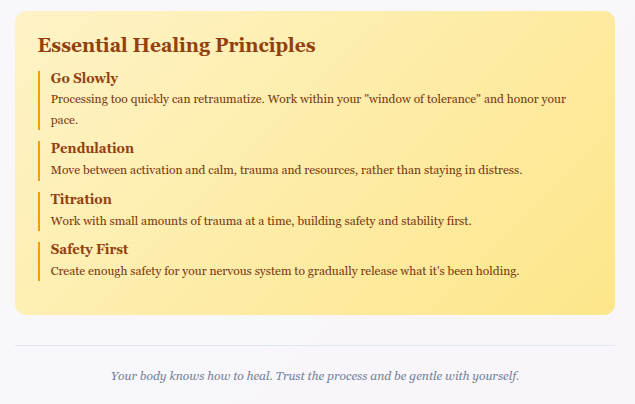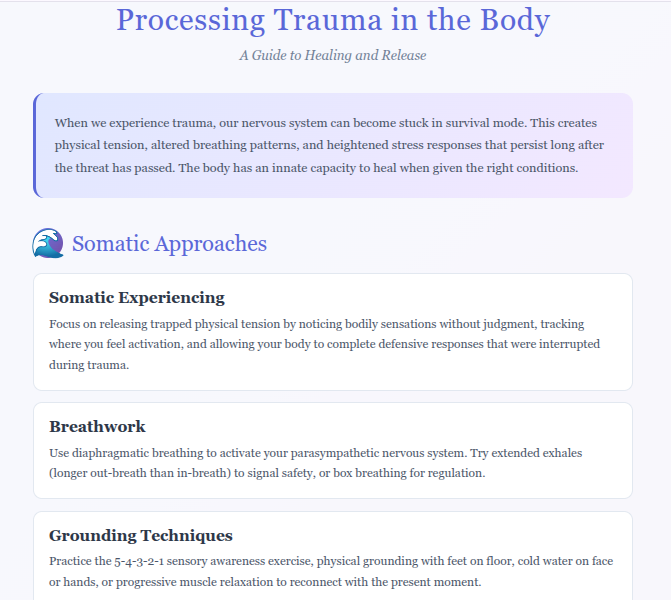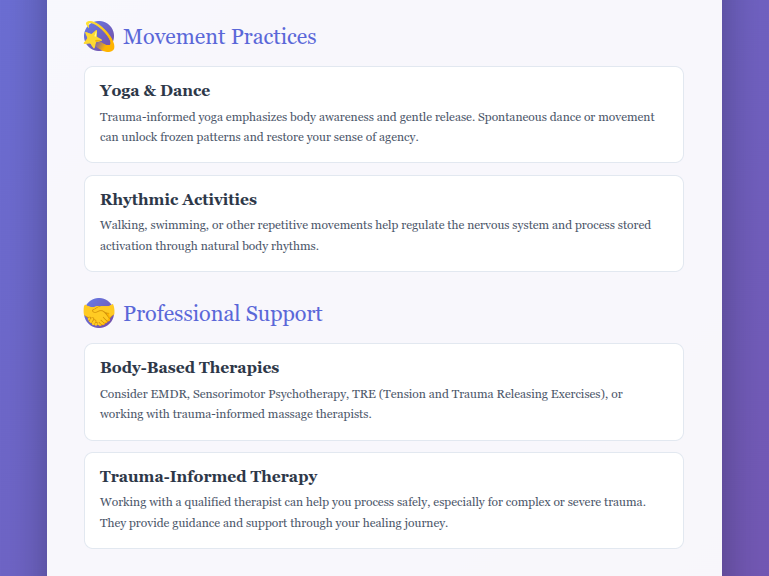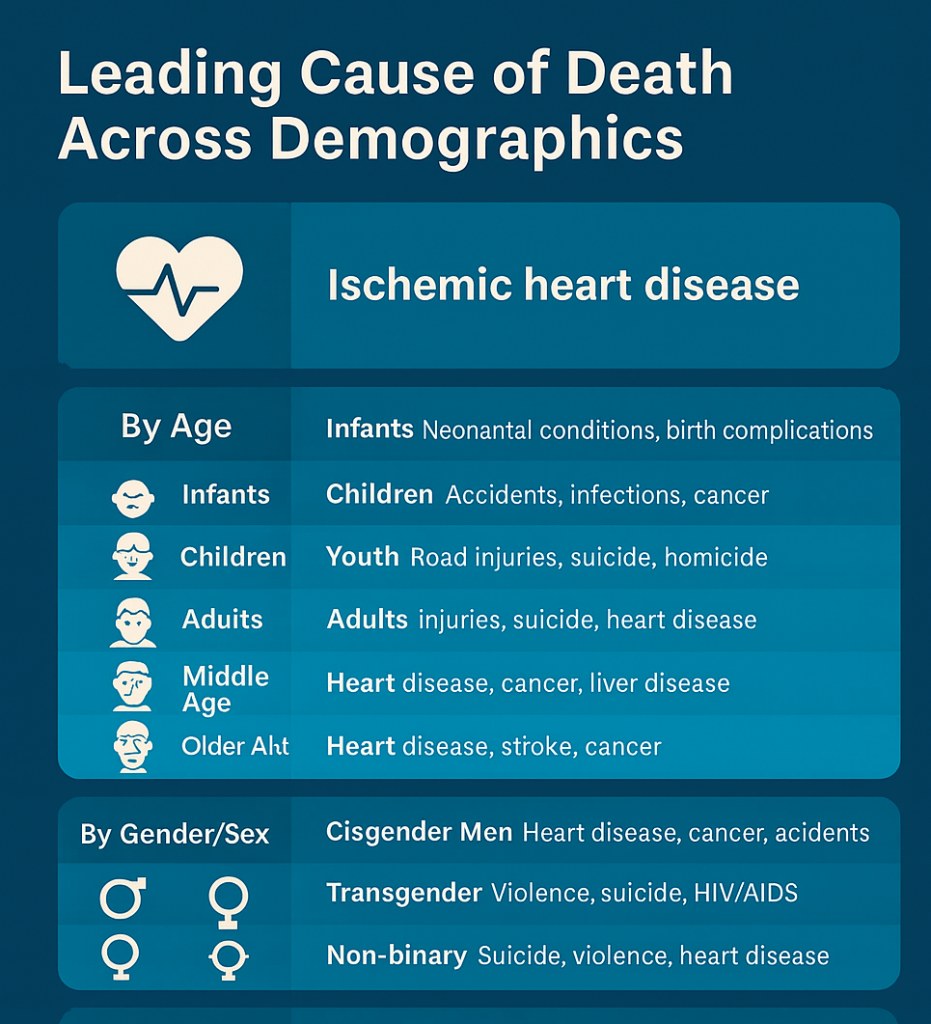Supporting someone who’s having thoughts of suicide is one of the most important, and at times most challenging, parts of a support persons role. People who experience suicidality can vary from passing ideas to serious planning and often come from a place of deep emotional pain. We all have a duty to respond with care, compassion, and an attempt to understand the experience in a way that keeps safety at the heart of every conversation.
Firstly, if you or someone you know is having thoughts of suicide, please know that you’re not broken or beyond help. These thoughts often come when emotional pain feels unbearable and we can’t see a way out. But things can shift, and help is available. We may spend much of our time alone, and we can feel alone even in a crowded room, but you are not alone in this. Suicidality is not uncommon.
The Numbers Today
According to the latest figures (ABS, 2023):
Suicide is the leading cause of death for Australians aged 15 to 44.
In 2022, over 3,100 people died by suicide—about 8.6 deaths each day.
Men account for 75% of those deaths, though women attempt suicide more often (but less often fatally).
According to the Black Dog Institute, roughly 65,000 Australians attempt suicide each year, while around 3,200 die by suicide annually.
Rates among Aboriginal and Torres Strait Islander peoples are more than double the national average.
People living in rural and remote areas face higher suicide risks due to isolation, limited services, and other pressures.
Why Does the Mind Think About Suicide?
From a humanistic psychology point of view, suicidal thoughts are not signs of illness or failure, they are a deep emotional signal that something in your life or environment needs care, change, or healing.
Each person and living creature on the planet are inherently worthy, with an innate drive to survive, grow, connect, and for humans, find meaning. When life feels full of suffering, such as grief, isolation, trauma, shame, or hopelessness, the mind may start to believe that death is the only way to stop the pain.
In this view, suicidal thoughts are often not about wanting to die—but about wanting the pain to stop.
They arise when:
You feel disconnected from others or from yourself.
You feel stuck in circumstances that seem unchangeable.
You believe your worth or purpose has been lost.
You’re exhausted from holding on or pretending you’re okay.
But the humanistic perspective also holds this powerful truth: you are more than your pain, and within you is a capacity for healing, choice, and change, even if it doesn’t feel like it right now.
Treat Yourself with Compassion, Not Criticism
It’s easy to get caught in a spiral of self-blame. But you are not weak or selfish. You are a human being who is hurting—and just like you wouldn’t shame someone for being in physical pain, you deserve the same care when your pain is emotional.
Ask yourself:
If someone I loved felt this way, what would I want them to know?
Then try to offer yourself the same kindness.
Reach Out – Connection Saves Lives
Talking to someone can ease the intensity of what you’re feeling. You don’t have to explain everything. Just saying, “I’m not okay right now,” is enough to start.
Lifeline 13 11 14
Beyond Blue 1300 22 4636
Suicide Call Back Service: 1300 659 467
Beyond Blue: 1300 22 4636
13YARN (Support for Aboriginal and Torres Strait Islander Peoples): 13 92 76
QLife – National LGBTQIA+ Peer Support and Referral Service: 1800 184 527
Hours: 3pm – Midnight (local time), every day
What they offer: Confidential, non-judgemental, and inclusive support from trained LGBTQIA+ peer workers. They are not a crisis line like Lifeline, but they can support people in distress and connect you with further help if you’re at risk.
How Counselling Can Help: Evidence-Based Approaches
Counsellors and Psychologists don’t rely on guesswork when helping someone who’s feeling suicidal. They use researched strategies to support recovery. Here are a few key approaches:
Collaborative Assessment and Management of Suicidality (CAMS): This method focuses on working together with the person in distress, rather than telling them what to do. It aims reduce suicidal thoughts more effectively than traditional therapy.
Cognitive Behavioural Therapy for Suicide Prevention (CBT-SP): This version of CBT focuses specifically on managing suicidal thoughts by teaching problem-solving and positive thinking strategies.
Dialectical Behaviour Therapy (DBT): Originally designed for people with intense emotions or borderline personality disorder, DBT is now widely used to reduce suicide risk by teaching emotional regulation, mindfulness, and better relationship skills.
Safety Planning: This involves creating a personalised plan for what someone can do when they feel at risk, including who to call, calming strategies, and safe places to go.
Means Restriction Counselling: This involves helping someone reduce their access to anything they might use to harm themselves, like certain medications or weapons, done through sensitive, respectful conversations.
Barriers to Speaking Up
Even with growing public awareness, there’s still a strong stigma around suicide. Many people worry they’ll be judged, locked up, or shamed if they admit they’re struggling. These fears can stop people from reaching out for help, which is why creating a safe, non-judgmental space is so important in counselling.
Rural and Remote Communities
People in regional and remote parts of Australia often find it harder to access mental health support. Telehealth (online or phone sessions) has helped bridge that gap, but it’s not always easy to pick up on non-verbal cues or respond to crises from a distance.
Cultural Awareness Matters
For Aboriginal and Torres Strait Islander peoples, suicide cannot be separated from the impacts of colonisation, loss of culture, and ongoing trauma. Culturally safe, community-led solutions are essential and more effective in these contexts.
Remember That Feelings Change—Even the Darkest Ones
It may not feel like it right now, but these feelings will pass. Emotions are like waves—sometimes crashing, sometimes calm—but never permanent.
What you feel today is not a life sentence. With support and time, things can change. You deserve the chance to see what healing and hope feel like.
Safe Haven NSW Services (for suicidal distress, NOT EDs)
Please check official websites for update information re contact information, hours of operation, and status of operation i.e., still operating. The information on this website has been collected June 2025.
Safe Havens are calm, non-clinical spaces where you can talk with peer workers and mental health clinicians if you’re in emotional crisis — no appointment needed.
No police or emergency involvement unless requested or necessary.
Warm, trauma-informed and recovery-focused.
🔗Find your local Safe Haven: nsw.gov.au/mental-health-initiatives/safe-haven
Examples:
Safe Haven locations across NSW — these are welcoming, non-clinical places where anyone feeling suicidal or in deep distress can drop in and speak to peer workers or mental health clinicians. No appointment, referral, or Medicare card needed. Visit the following for operating hours and locations across NSW: Safe Haven
Regional & Metro Locations
Campbelltown / Ambarvale (SWSLHD)
Address: 80 Woodhouse Drive, Ambarvale (Campbelltown area)
Open Mon, Fri, Sat, Sun 2 – 9 pm
Phone: 0457 093 109 during hours swslhd.health.nsw.gov.au
North Ryde (Macquarie Hospital)
For youth aged 12–17 (sometimes to 18 if still at school)
Open daily 4 – 8 pm and public holidays nslhd.health.nsw.gov.au
Parramatta / Westmead
Drop-in at 26 Grand Ave, Westmead
Open Sun–Wed 3:30 – 9:30 pm
Phone: 0436 377 113
Bega Safe Haven, Bega, NSW, Australia, Supports 14 + in a calm, welcoming space.
Broken Hill Safe Haven, Broken Hill, NSW, Australia, Supports 17 + with peer and clinician support
Brookvale Safe Haven, Brookvale, NSW, Australia, High‑school aged young people support
Darlinghurst Safe Haven,
Darlinghurst, NSW, Australia, 16 + LGBTQIA+ inclusive spot at St Vincent’s
St Vincent’s O’Brien Centre, 390 Victoria Street, Darlinghurst NSW 2010
Hours: Monday: closed, Tuesday: closed, Wednesday: 5:00pm – 8:30pm, Thursday: 5:00pm – 8:30pm, Friday: 5:00pm – 8:30pm, Saturday: 12:00pm – 4:00pm, Sunday: 12:00pm – 4:00pm.
Gosford Safe Haven, General adult Safe Haven
Corner of Ambulance Road and Holden Street, Gosford NSW 2250
Hours: Monday: 9:00am – 4:30pm, Tuesday: 9:00am – 4:30pm, Wednesday: 9:00am – 4:30pm, Thursday: 9:00am – 4:30pm, Friday: 9:00am – 4:30pm, Saturday: closed, Sunday: closed, Closed on public holidays
Phone: (02) 4394 1597
Kogarah Safe Haven, Kogarah, NSW, Australia,16 + adults,
U2/15 Kensington St, Kogarah NSW 2217
Phone: (02) 9113 2981






